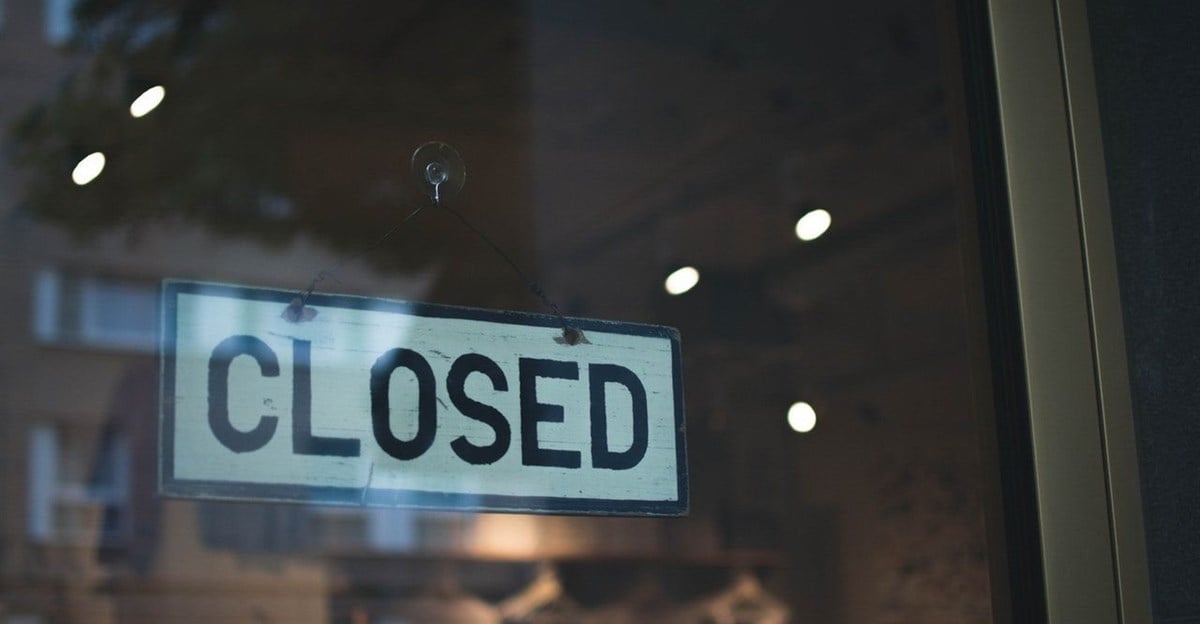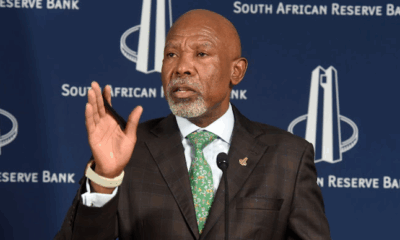Business
Another 128 Companies Gone: The Real Story Behind South Africa’s Declining Liquidations

A quieter month that still tells a loud story
South Africa has recorded another round of business closures, and the latest figures paint a picture that is calmer on the surface yet deeply concerning beneath it. New data from Stats SA shows that 128 companies were liquidated in October 2025. This number is far lower than the 196 closures seen in October last year, although 2024’s unusually high spike was caused by administrative delays at the Master’s Office.
Even with that anomaly removed, the country has still logged over 1,300 liquidations for the year so far. Between January and October, there were 1,308 company closures. This is a small decline from the same period in 2024, roughly 1.9 percent. A three-month view shows a larger dip of just over 9 percent.
At first glance, a drop in liquidations sounds like a relief. Many South Africans hoped the numbers would reflect a turning business tide. The reality is more complicated.
Why fewer liquidations are not necessarily a win
South Africa’s economic engine has barely fired for more than a decade. Growth expectations for 2025 sit at only around 1 percent. This is not enough to outpace population growth, let alone deliver the recovery that businesses desperately need.
Employment figures add another layer of concern. The country’s unemployment rate fell slightly to 31.9 percent in the third quarter, but with a third of the population still out of work, the shift is not meaningful enough to change daily life for most households.
When viewed together, these indicators suggest that fewer liquidations might not reflect healthier companies. It may simply mean fewer businesses exist in the first place or that companies are not engaging in the level of activity that usually requires liquidating older structures, special-purpose vehicles, or dormant subsidiaries.
In other words, the pipeline is thin.
Looking closer at voluntary and compulsory liquidations
South Africa’s liquidation landscape is dominated by voluntary closures. About 87 percent of liquidations this year have been voluntary. These are not always a sign of failure. They often form part of normal business processes, including restructuring.
But a decline in voluntary liquidations may reveal something deeper. When businesses are active, they buy, sell, restructure, and transact. That activity usually generates voluntary closures of old entities. When activity slows, those liquidations slow too.
Compulsory liquidations, which make up about 13 percent of total closures this year, tell a different story. These are usually court-ordered and often linked to insolvency. Their numbers have stayed fairly stable throughout 2025. That stability suggests that insolvencies have not dramatically improved.

Image 1: Business Tech

Image 2: Business Tech
A year marked by pressure from every angle
Experts note that 2025 has been one of the most strained periods for South African companies since the pandemic. Firms have had to navigate collapsing infrastructure, rising electricity costs, skills shortages, and layers of regulatory red tape.
Global conditions have not helped either. Trade tensions and tariffs from the United States have disrupted imports, exports, and supply chains. Market dynamics have shifted, and small- to medium-sized South African businesses have felt the brunt.
There has been a slight improvement in sentiment late in the year. A credible medium-term budget and a ratings upgrade from S&P Global gave some South Africans reason to breathe. Yet many of the fundamentals remain fragile, and the business community knows that recovery will not happen overnight.
What this means for everyday South Africans
For many families, business liquidations are not just economic data. They influence job security, wages, service delivery, and the stability of entire communities. The steady decline in closures might look encouraging at first glance, but South Africans are increasingly aware that numbers do not always translate into lived experience.
On social media, the reaction has been a blend of frustration and weary acceptance. Many users note that the problem is not only the number of liquidations but also the lack of new businesses replacing those that vanish. Others warn that a country cannot grow when both big and small companies operate in survival mode.
The story behind the statistics is simple. South Africa is still searching for the spark that reignites confidence, investment, and meaningful growth.
Follow Joburg ETC on Facebook, Twitter, TikT
For more News in Johannesburg, visit joburgetc.com
Source: Business Tech
Featured Image: Bizcommunity



























